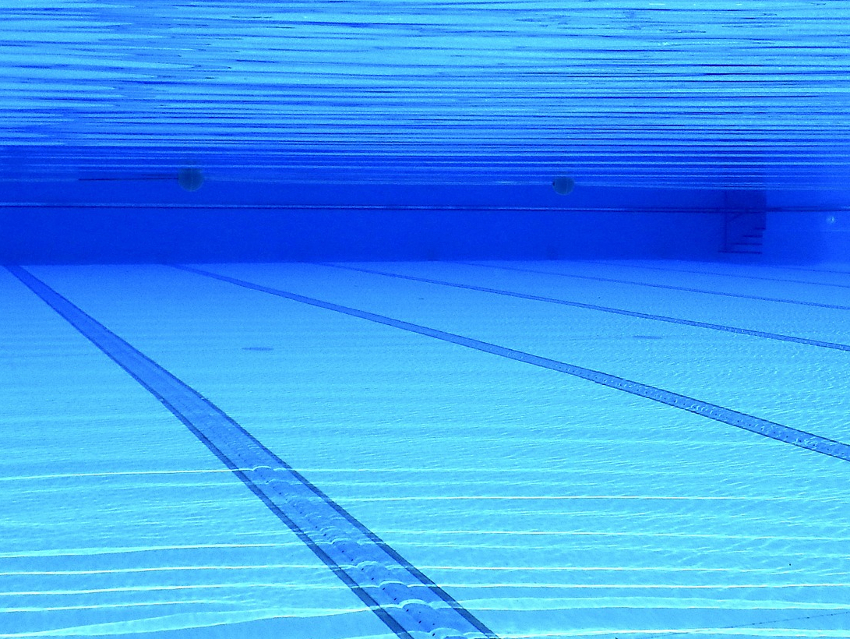Swimming pools can be contaminated by, e.g., bacteria, viruses, fungi, and bodily fluids. This means they require continuous water treatment and disinfection, usually using chlorination. However, the chlorine-based compounds used for pools, most often hypochlorites, can react with organic compounds in the pool and form harmful disinfection byproducts (DBPs). Common examples of DBPs are trihalomethanes, halogenated acetic acids, chloramines, and haloacetonitriles. DBPS can, for example, irritate eyes and skin and cause breathing problems.
Bertram Skibinski, Technical University of Munich, Garching, Germany, and Technische Universität Dresden, Germany, Wolfgang Uhl, Technische Universität Dresden, Norwegian Institute for Water Research (NIVA), Oslo, and Norwegian University of Science and Technology (NTNU), Trondheim, and colleagues have tested different combinations of water treatment processes using a swimming pool model operated under reproducible and controlled conditions. Among other methods, the team tested combinations of coagulation, sand filtration, granular activated carbon (GAC) filtration, membrane filtration, and ultraviolet (UV) irradiation and checked how efficiently the processes lowered the concentration of DBPs and their precursors in the pool water.
The researchers found that most treatment combinations removed some of the trihalomethanes and most of the trichloramine and dichloroacetonitrile. However, the effective removal of DBPs during water treatment did not necessarily give low DBP concentrations in the pool itself. Trichloramine, in particular, forms so fast that its removal during water treatment cannot compensate for its production in the pool.
Overall, the team recommends a combination of sand filtration with GAC filtration to achieve low levels of DBPs. They do, however, point out that GAC filters can be microbiologically contaminated and have to be checked frequently.
- Impact of Different Combinations of Water Treatment Processes on the Concentration of Disinfection Byproducts and Their Precursors in Swimming Pool Water,
Bertram Skibinski, Stephan Uhlig, Pascal Müller, Irene Slavik, Wolfgang Uhl,
Environ. Sci. Technol. 2019, 53, 8115–8126.
https://doi.org/10.1021/acs.est.9b00491
Also of Interest
- The Chemistry of Pools,
Ricardo Nowack & ChemViews,
ChemViews Mag. 2016.
https://doi.org/10.1002/chemv.201600058
How does swimming pool sanitation work?




